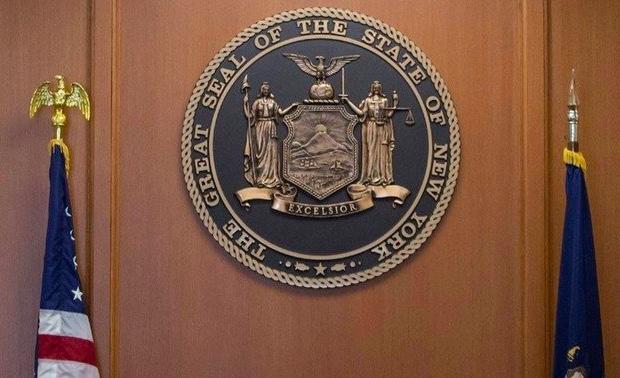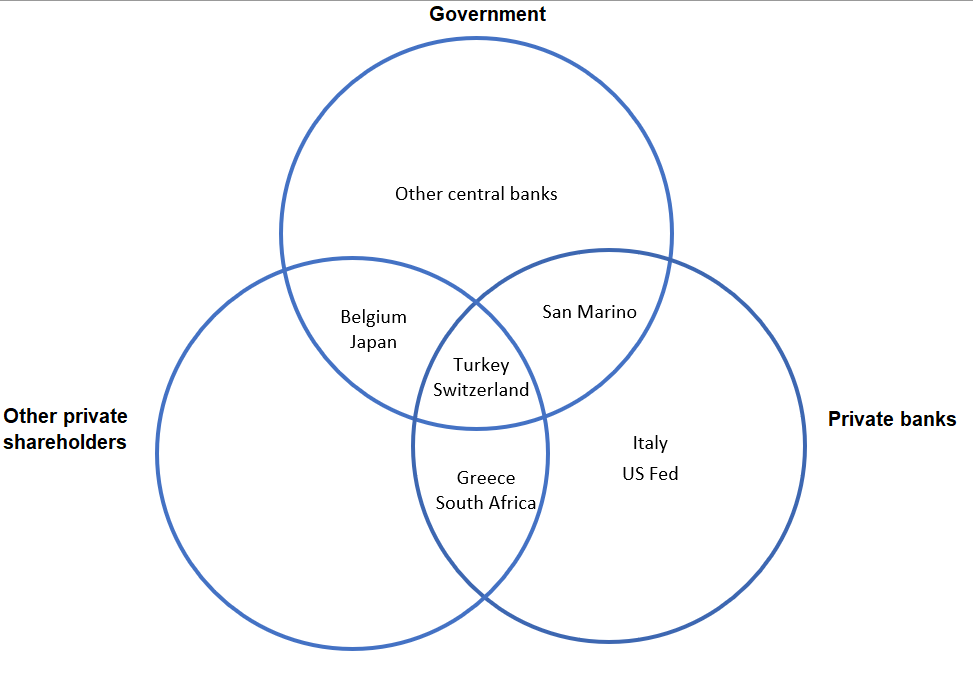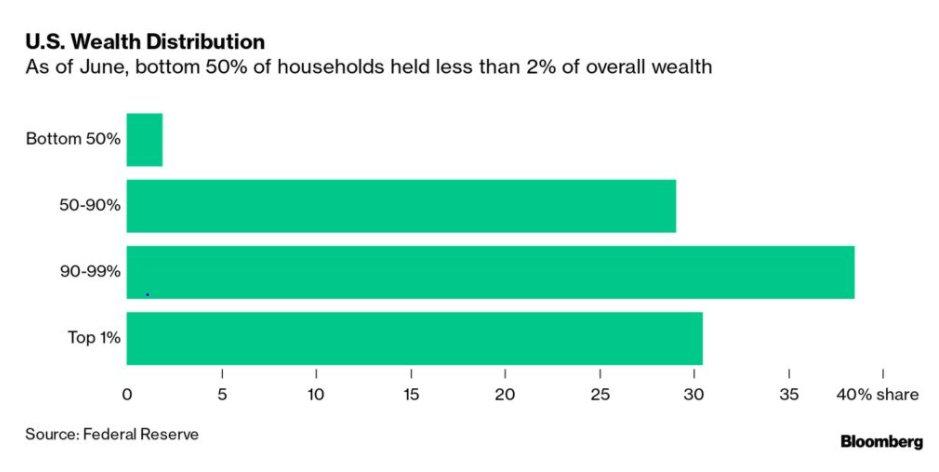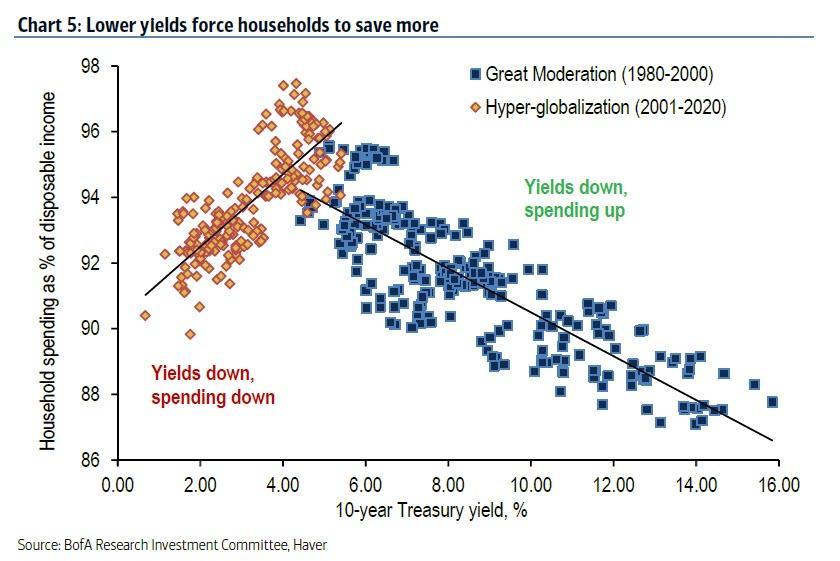Why are most Latin American countries still underdeveloped? The region suffers from a prevalent culture of corporatism and a general distrust of market forces which leaves “a limited number of dominant companies to bargain with state agencies and trade unions over public resources,” write economist Edmund S. Phelps and law professor Juan Vicente Sola.
The system’s few beneficiaries—politicians, union bosses, and the heads of protected business sectors—justify their privileges with nebulous, collectivist notions such as “social harmony” or “national unity.” This stifles individual initiative, private sector innovation, and competition resulting in sluggish levels of job and wealth creation and minuscule amounts of consumer choice.
Phelps and Sola point to Argentine strongman Juan Domingo Peron, who ruled his country from 1946–1955 and 1973–1974, as the archetype of the anti-individualist South American autocrat. Peron nationalized industries, extended the state’s reach over large swathes of the economy, and brutally curtailed individual freedom in the name of solidarity. His brand of politics was influential far beyond Argentina, as local despots with military backgrounds and a penchant for heavy-handed interventionism—Colombia’s Gustavo Rojas Pinilla, Peru’s Juan Velasco Alvarado, and Venezuela’s Hugo Chávez—copied Peron’s style and substance.
If Peronist-style corporatism was the only Latin American alternative to 21st century socialism, the region’s future would be unequivocally dire. Massive migration from Latin America to the United States might introduce a collectivist mindset anathema to the American founders’ philosophy of limited government. Fortunately, however, there is a parallel legacy of freedom, property rights, and individualism in the Spanish-speaking world, a cultural inheritance that George Mason law professor Leonard Liggio called the “Hispanic tradition of liberty.” Though widely forgotten, it has produced spectacular results in the past.
Peron, for example, found more than enough wealth to redistribute because Argentina was one of the richest countries on the planet at the start of the 20th century. In 1913, Argentina “was richer than France or Germany, almost twice as prosperous as Spain, and its per capita GDP” almost equaled Canada’s, according to Edward L. Glaeser, Rafael Di Tella, and Lucas Llach, writing in the Latin American Economic Review in 2018. The source of those unprecedented levels of wealth was Argentina’s 1853 constitution, which made private property inviolable, outlawed expropriation, encouraged immigration, and allowed the free circulation of goods across provinces. It also ended slavery, protected press freedom, and established the right to freely worship.
The Argentines who sought to create a republic after the downfall of dictator Juan Manuel de Rosas found their inspiration in a treatise on the fundamentals of republican political organization, published in 1852 by Juan Bautista Alberdi, a classical liberal polymath. He observed that the men who had gained independence from Spain prized military glory above all else, disdaining commerce and luxury as they aspired to the Spartan ideal of an austere, secluded warrior caste unmoved by material desires. Such lofty principles did quite little to improve South America’s primitive economic conditions.
Alberdi argued that Argentina and other fledgling South American nations needed “free immigration, commercial freedom, railroads, and unrestrained industry.” The new republics could secure independence only if they allowed tradesmen to flourish, brought in settlers to work vast expanses of empty land, and created links between far-flung, isolated regions via railroads and waterways. Alberdi persuaded the Argentines that their constitution had to value practice over theory and address the country’s immediate needs, not atemporal abstractions or the conditions of European nations with many centuries of previous development.
Subsequent large-scale migration to Argentina is a testament to the remarkable success of Alberdi’s political and economic project, which made Argentina a global power—especially in terms of agricultural exports. According to economist Blanca Sánchez Alonso, Argentina received 3.8 million net immigrants between 1881 and 1930, ranking third behind the United States and Canada as the main migrant destination in the Americas. As journalist Marcelo Duclos writes, many Old World migrants chose New York or Buenos Aires as their final destination “exclusively based on a ship’s time of departure.”
At the end of this era, Peron and his supporters attacked the foundations of Alberdi’s classical liberalism in order to impose their model of corporatist autocracy. As Alejandro Herrero, a professor at Argentina’s Universidad Nacional de Lanús, writes, Peronist theoreticians denounced the 1853 constitution’s “egotist individualism” which they claimed “harmed Argentina’s Christian tradition.” Although the constitution’s second article stated that “the federal government will sustain the Roman Catholic cult,” the Peronists decried its purported atheist element. Even worse, they argued, the constitution was imbued with the materialist economic doctrines of the Manchester school of thought, whose adherents defended free trade policies in 19th century Britain. So in 1949, when the Peronists drafted a new constitution, they restored the country’s Christian legacy by “binding the individual to society,” which meant increasing restrictions on economic and personal liberties.
It was not only in Argentina that classical liberal policies brought considerable economic success, only to be overturned by collectivists under a religious guise. In Colombia, too, mid–19th century governments eliminated the state’s tobacco industry monopoly, abolished slavery, got rid of academic requirements to practice all professions except medicine, allowed full freedom of worship and expression by striking down defamation laws, and radically decentralized the collection of taxes. As historian David Bushnell wrote in his book The Making of Modern Colombia: A Nation in Spite of Itself, the country’s constitutions of 1853, 1858, and 1863 increasingly sought “to diminish the government and other corporations’ control over individuals’ decisions and activities.” As a result, “it seemed that the state itself was about to vanish,” since it was broadly accepted that “the best government is that which governs least.”
Colombia’s 1863 constitution was especially radical since it left the central government only in charge of foreign affairs, national defense, and some amount of taxation (along with a few other duties). The president had weak powers and was elected for two-year terms. In turn, the nine states that comprised the United States of Colombia were sovereign, to the extent that they each gained the right to command an army and some issued their own stamps. This hyper-federalism proved counterproductive since several states raised commercial tariffs against one another and occasionally fought the central government. Some governments took anti-clericalism too far, expelling the Jesuits in 1850 and expropriating church lands and buildings shortly thereafter.
Nonetheless, the emphasis on international trade and the tobacco industry’s liberation from state control produced the first export boom not related to precious metals, which had been extracted since colonial times. A thriving export market of cotton, quinoa, and coffee soon took hold. As economist Salomón Kalmanovitz writes, these new links to global markets led to much greater economic growth than in the previous decades. Between 1850 and 1870, Colombia increased its per capita exports by 247 percent, a growth rate that surpassed Uruguay, Cuba, and Argentina, the region’s exporting powerhouses. This bonanza led to greater development of cities, which became new centers of commerce with improved fluvial transport.
Then, in 1880, Rafael Nuñez—an up-and-comer within the Liberal Party and a critic of the 1863 constitution—won the presidency (and was elected to a second term in 1884). He raised tariffs on foreign goods and got a new constitution ratified in 1886, all part of his program of moral regeneration or an attempt to remake the country in the image of orthodox Catholicism.
The 1886 constitution’s main author was future president Miguel Antonio Caro, purveyor of a brand of Christian socialism he described as the Hispanic antidote to the purportedly immoral, foreign influences of free trade and classical liberalism. By the early 20th century, Liberal Party ideologue Rafael Uribe Uribe espoused a protectionist creed which he called “state socialism.” Since both liberals and conservatives had turned socialist, remarked journalist Juan Lozano y Lozano in 1950, all that was left was interventionism, the nationalization of industries, and the growth of bureaucracy. The recipe for the model of failure that Phelps and Sola outline was fully set in place.
In both Argentina and Colombia, the enemies of individualism and free trade appealed to Catholic and Hispanic traditions in order to undermine the principles of classical liberalism. Such an approach, however, relied on a false dilemma. In the modern era, some of the earliest arguments in favor of individual rights, limited government, and economic freedom arose in 16th and 17th century Spain, among the late scholastic clerics of the School of Salamanca, a group of Jesuit and Dominican scholars who turned to natural law in order to answer pressing questions that arose from the discovery of the New World and the rise of the Spanish Empire.
Spanish theologian Francisco de Vitoria, for one, argued that commerce, far from being a domain of greed and sin, brought enormous benefits to human welfare. Vitoria also maintained that rights were universal and thus applied not only to Spaniards, but also to the indigenous people of the Americas, an argument which Bartolomé de las Casas famously reiterated at the Council of Valladolid in 1550. Juan de Mariana refuted the notion of racial purity and rejected the persecution of converted Jews. He also denounced the Spanish monarchy’s predilection for taxing its subjects without their consent and debasing the currency––a practice he equated with tyranny.
Mariana and Francisco Suárez even argued that, since there were clear limits to monarchical power and sovereignty depended on popular consent, regicide was justified if a king turned tyrannical. Among others, Martín de Azpilcueta understood the subjective nature of prices and the link between the money supply and inflation, an evil he attributed to governments bent on minting coins to pay for their foreign wars and general profligacy. Contemporary Latin American governments—especially those of Venezuela and Argentina—continue to ignore such lessons at a terrible cost to their citizens’ well-being.
The inheritance of the School of Salamanca proves that, contrary to what Peron and other interventionists have claimed, the Hispanic tradition of liberty has its roots in Catholic thought. Today, Latin Americans need to rediscover that legacy—and that of later, secular thinkers such as Alberdi—to break free from the corporatist trap of poverty, devalued currencies, and chronic underdevelopment.

from Latest – Reason.com https://ift.tt/2H5NXjM
via IFTTT














